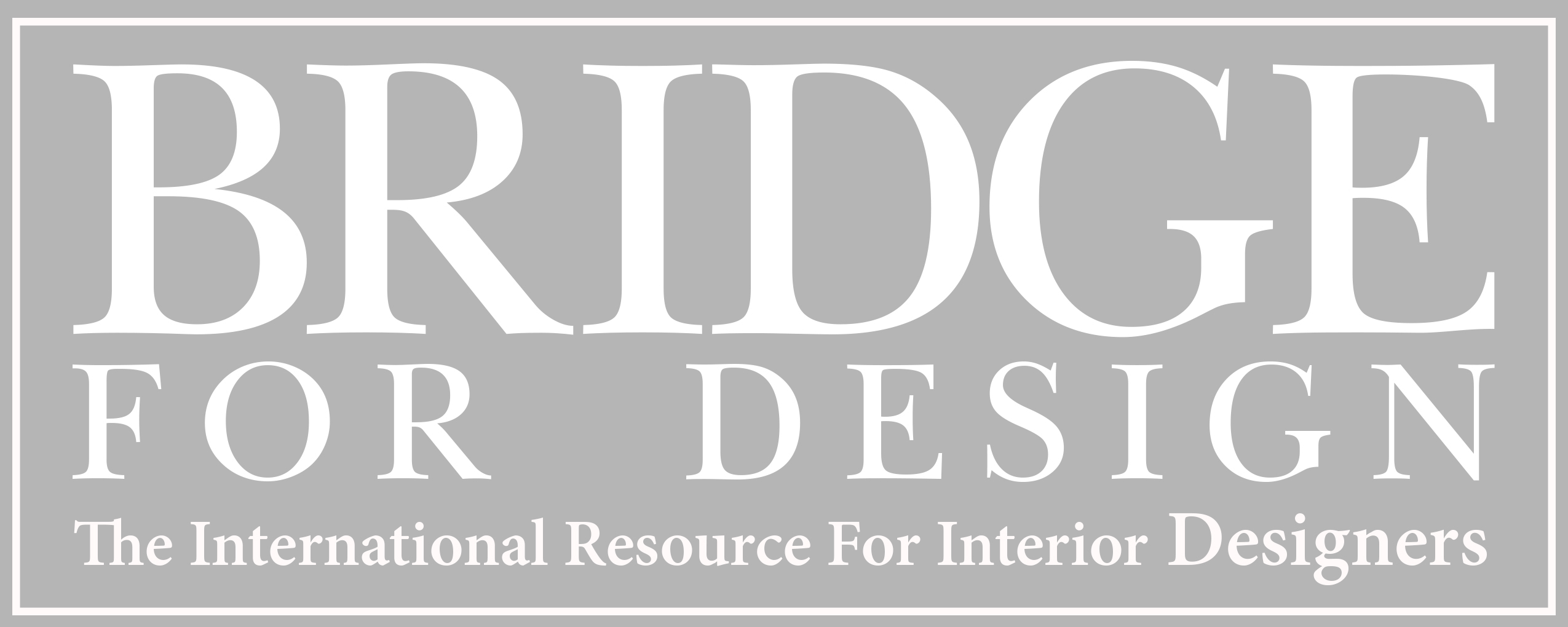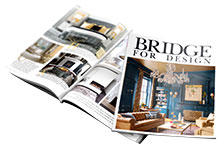For some time now, in both residential and commercial interiors, the starting point has been a refined and restricted palette of neutrals, with texture being used as the key embellishment. Gradually though, richer, stronger and deeper colours have been creeping back. Originally we saw them used as ‘pops’ to create focus points with cushions, blinds or lampshades – perfect counterpoints to all the neutrals. But now the secret’s out – we officially love colour again and we can even handle it in large areas; big and bold on the walls, as paints or wallpapers, and in large expanses of fabric as curtains or upholstery.
It’s the next generation of the so-called eclectic look, which has its roots in Britain’s magpie cultural past, when great houses and stately homes were never afraid to mix acquisitions from all over the world, sit new next to old and showcase colour and decorative detailing. Similarly, today’s new multi-layered luxury sees contemporary pieces confidently curated and mixed with anything from industrial design to characterful decorative antiques and colourful velvets and silks with a reflective sheen picking up the wider trend for burnished and light-reflective surfaces. This noticeable shift towards lush, multi-tonal interiors has its genesis (as so often) in the high end of the interiors market, in the chic hotels and premium domestic projects where real individuality is prized and designers create spaces with an authentic personality.
Abroad too, developing markets such as Russia and China have never lost their love of colour and decoration and perhaps this too is starting to feed back into the British sensibility. Premium textiles designed specifically for those markets are selling well in the UK too. Also left out in the cold for some years, large-scale designs and grand embellishments are once again being used to bring character and a comforting warmth to interiors. After years of blinds and shutters, lavish curtains are also making a comeback as designers exploit their potential to create memorable features. Bedhangings and bedheads are other keynotes for layering colours and patterns into sophisticated interiors.
My family textile company, James Hare, celebrates its 150th Anniversary this year with a collection taking inspiration from our own history which stretches back to the Victorian era. It combines the co-ordinating neutrals which decorators will always need with decorative fabrics featuring strong colours, large scale designs and dense metallic embroidery. These are the types of fabrics for which we are seeing an ever-increasing demand, both in the UK and in international markets, and which our own trend forecasters have been correctly predicting for a couple of years. Other industry forecasters are also underlining the shift to denser, more saturated colours in 2015, with Copper Orange and Marsala definitely moving things along from the neutral palette. Elsewhere in the market, wallpaper specialists also report new interest in decorative designs and just as we are seeing the return to greater expanses of fabrics, they are seeing their papers being used not just for single feature walls but throughout whole rooms: a modern rediscovery of a traditional use of colour and pattern in interiors. It seems that after years of austere architectural interiors being the desired objective, we are learning a new language of opulence – far beyond the 50 shades of grey and beige which have been so dominant for so long.
This movement back to the colourful and decorative may echo the tastes of our forebears, but the newest looks are by no means just recreations of traditional splendours, whether they be Elizabethan (do not underestimate the Wolf Hall effect) Victorian or even the progressive approach of Arts & Crafts. Today’s approach to colours and patterns can also be more modern and tactical; using them to soften the harder, less nurturing edges of contemporary design and offering us layers of new visual sensation. The human eye, can, after all, detect both millions of colours and the tiniest changes in detailing. Our brains thrive on the resulting stimulus, so it is no wonder that after an extended diet of simple neutrals, we are now yearning for more from our environment.






